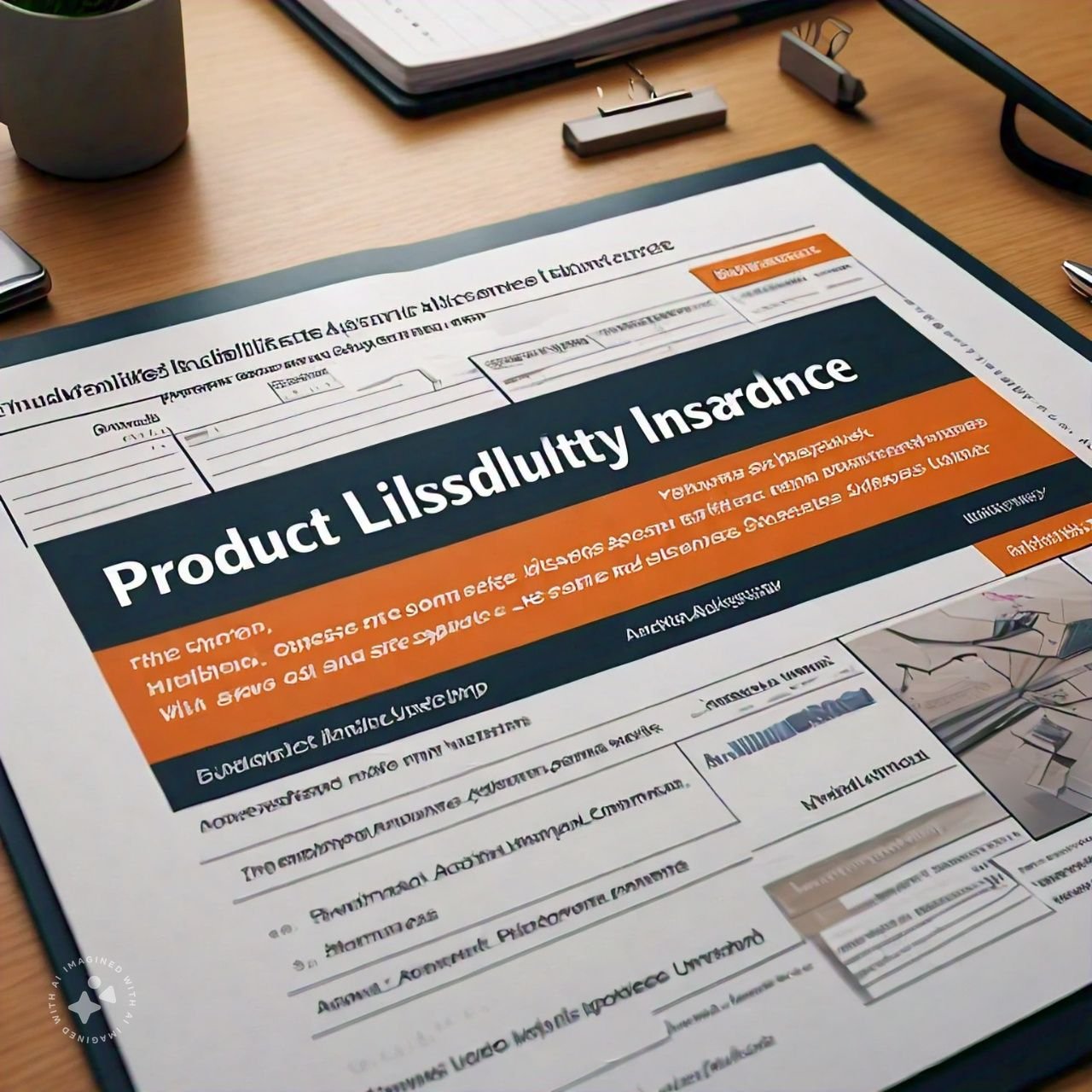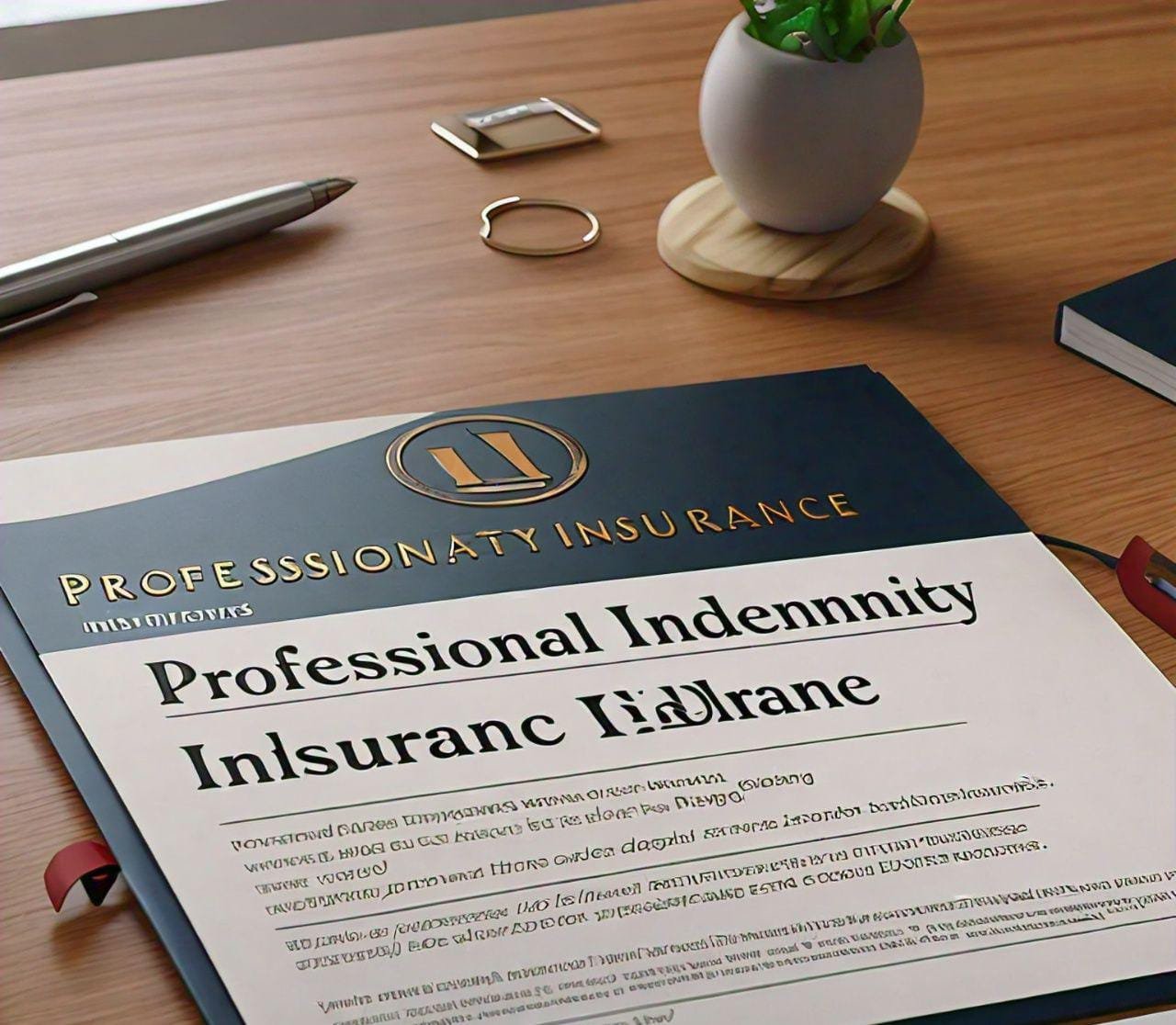As we go about our daily lives, earning a living and providing for our loved ones, we often overlook a crucial aspect of our financial planning: disability insurance. It’s easy to assume that we’ll always be able to work and earn a steady income, but the reality is that accidents can happen and illnesses can strike at any time. In fact, one in four twentysomethings will become handicapped before they reach retirement age, according to the Social Security Administration.
What is disability insurance?
Disability insurance is a type of insurance policy that provides income replacement in the event that you become unable to work due to illness or injury. It’s designed to help you maintain your standard of living even when you’re no longer able to earn a salary.
How Much Does Disability Insurance Cost?
The cost of disability insurance varies widely depending on several factors, including your age, occupation, income, and the type of policy you choose. On average, disability insurance typically costs about 2% of your annual salary. However, this amount can vary significantly depending on the insurance carrier and the features of your policy.
For example, consider two hypothetical workers: Worker A and Worker B. Worker A is a highly specialized professional earning $250,000 per year, while Worker B is a high-school graduate earning $30,000 per year. Worker A may choose to purchase a more expensive disability insurance plan with a flexible definition of disability, knowing that they may still be able to work in another field if they become disabled, but at a significantly lower income. On the other hand, Worker B may opt for a plan with lower premiums, even if it has a stricter definition of disability.
Types of Disability Insurance
Short-term disability (STD) and long-term disability (LTD) are the two primary categories of disability insurance.
Short-Term Disability (STD)
Short-term disability insurance provides income replacement for a short period, usually up to 90 days. This type of insurance is often provided by employers and is designed to help employees recover from illnesses or injuries that prevent them from working for a short period.
Long-Term Disability (LTD)
Long-term disability insurance, on the other hand, provides income replacement for an extended period, usually up to age 65. This type of insurance is often purchased individually and is designed to provide a safety net in the event that you become permanently disabled.
Benefits of Disability Insurance
Disability insurance provides several benefits, including:
- Income replacement: Disability insurance provides a steady income stream, allowing you to maintain your standard of living even when you’re no longer able to work.
- Financial security: Disability insurance provides peace of mind, knowing that you and your loved ones are protected in the event of a disability.
- Flexibility: Disability insurance policies often offer flexible definitions of disability, allowing you to choose the level of protection that’s right for you.
Who Needs Disability Insurance?
Anyone who depends on their income to sustain themselves and their loved ones must have disability insurance. This includes:
- Working professionals: If you’re a working professional, disability insurance can provide a safety net in the event that you become unable to work due to illness or injury.
- Self-employed individuals: As a self-employed individual, you may not have access to employer-sponsored disability insurance. Purchasing an individual policy can provide the protection you need.
- Business owners: If you’re a business owner, disability insurance can help ensure that your business continues to operate even if you become disabled.
How to Select the Best Policy for Disability Insurance
Choosing the right disability insurance policy can be overwhelming, but here are some tips to consider:
- Define your needs: Determine how much income replacement you need in the event of a disability.
- Compare policies: Research and compare different policies to find the one that best meets your needs.
- Consider the definition of disability: Choose a policy with a flexible definition of disability that aligns with your occupation and needs.
- Check the premium: Make sure you can afford the premium payments.
Conclusion
Disability insurance is a crucial aspect of financial planning that’s often overlooked. It provides income replacement, financial security, and flexibility in the event that you become unable to work due to illness or injury. By understanding the different types of disability insurance, the benefits, and who needs it, you can make an informed decision about whether disability insurance is right for you. Remember, accidents can happen and illnesses can strike at any time. Don’t wait until it’s too late; consider investing in disability insurance today.










